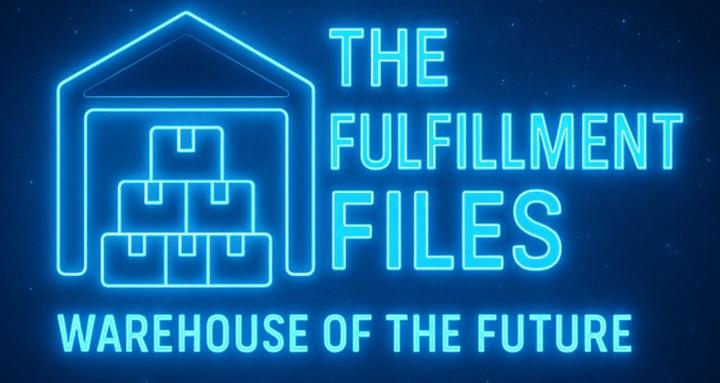
Write something
VCPU Help
When you look at VCPU, what are you GO-TO triggers and check offs to make sure you are not eroding margins? How have you optimized it?
Pre-Qualifying Lean Six Sigma with Process Archaeology
LSS - How Can we do this better? Process Archaeology - Why did we start doing this in the first place? DEFINITION Process Archaeology is the systematic investigation and analysis of existing operational processes to uncover their historical origins, evolutionary changes, and underlying assumptions—with the goal of understanding why processes exist in their current form before attempting to optimize or replace them. Unlike traditional process improvement (which focuses on "how to do it better"), Process Archaeology asks the fundamental question: "Why do we do it this way at all?" CORE PRINCIPLES 1. Historical Context Investigation - Every process was created to solve a specific problem at a specific time - Business conditions, technology, and constraints have likely changed since implementation - What was optimal then may be suboptimal now 2. Assumption Excavation - Processes contain "buried" assumptions that may no longer be valid - These assumptions often become invisible rules that constrain thinking - Uncovering assumptions reveals innovation opportunities 3. Evolutionary Analysis - Processes evolve through incremental changes over time - Each change was logical in isolation but may create cumulative inefficiency - Understanding the evolution reveals the "archaeological layers" of decision-making 4. Root Cause Discovery - Current inefficiencies often stem from solutions to problems that no longer exist - Understanding original intent helps distinguish essential function from outdated method - Enables surgical process changes rather than wholesale replacement THE PROCESS ARCHAEOLOGY METHOD Step 1: Excavation (Information Gathering) 1. Document Current State - Map exactly what happens today 2. Interview Process Veterans - Talk to people who've done this job for years 3. Research Historical Context - When was this process created? What problem did it solve? 4. Identify Decision Points - Where are the key choices made in the process?
0
0
Picker Congestion
Got a daily ops challenge? Let’s solve it together! I’ll start with a common one I’ve heard: My pickers are losing time navigating congested aisles during peak shifts—any tips? I have had success with the following: 1. Heatmap your congestion: Use your WMS to identify high-traffic zones and times. 2. Dynamic routing: Adjust picker paths in real-time with handheld devices or even a simple printed zone map. 3. Stagger shifts: Spread out break times to reduce aisle crowding.
0
0
1-3 of 3
powered by

skool.com/the-fulfillment-files-2761
Unlock fulfillment strategies that top warehouses use and get access to hidden methods that slash costs, boost throughput, and deliver results—fast.
Suggested communities
Powered by
